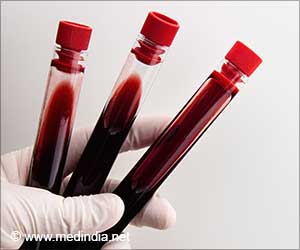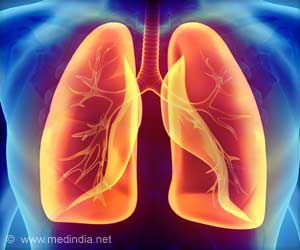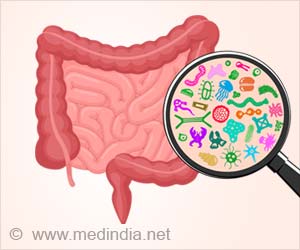New approach developed by scientists could reduce the time it takes health officials to identify Salmonella strains.

"Compared to the current method being used nationally and internationally to subtype Salmonella, our approach is faster," Shariat said. "The significance of that is you need to trace the source of an outbreak as quickly as you can before you start insisting on restaurant and farm closures. It is important to pinpoint the source of the bacteria -- the quicker you do that the quicker you can respond to the disease outbreak."Working under the direction of Edward Dudley, associate professor and the Casida Development Professor of Food Science, Shariat developed the new approach to identify strains of the Salmonella serotype Newport. The method focuses on two virulence genes and two novel regions of Salmonella DNA called clustered regularly interspaced short palindromic repeats, or CRISPRs. The researchers devised a method of multi-virulence-locus sequence typing, or MVLST, that can detect strain-specific differences in the DNA at these four locations. The researchers designated the method as CRISPR-MVLST.According to Shariat, Newport is the third most common serological variant of Salmonella and its incidence increased by 46 percent between 1999 and 2009.
In 2009, Newport accounted for 9.3 percent of total salmonellosis cases."The significance of our work is not just that we can subtype Salmonella strains in half the time or less compared to the protocol that is used right now," she said, "but also our approach is very comparable in terms of the data -- our method yields results that are accurate and similar to the PFGE method now widely used."The researchers tested the accuracy of their CRISPR-MVLST method in an impromptu blind study. Toward the end of the research project, they applied their analysis to a Salmonella outbreak, associated with tomatoes that occurred in Pennsylvania in summer 2012 in which 37 people got sick."The Pennsylvania Department of Health sent us 20 isolates, 10 from the outbreak and 10 not from the outbreak, and we did the analysis not knowing which ones were which," Shariat explained.
"We were able to identify exactly those that were associated with the outbreak."The CRISPR-MVLST method also is likely to be much cheaper, she suggested."Additionally, the DNA sequence is basically a text file that is very easy to communicate and share between laboratories nationally and internationally," Shariat said. "The data is definitely more robust."Shariat explained that the new method is different because it looks at the DNA sequence, whereas the other method basically cuts the DNA into small pieces with no actual sequence information."Fifty percent of bacteria have CRISPR regions, and using these for identification has been done with quite a few bacteria, such as Mycobacterium tuberculosis, as well as with some that cause foodborne illness, such as Campylobacter and E. coli," Shariat said.
Source-Eurekalert












